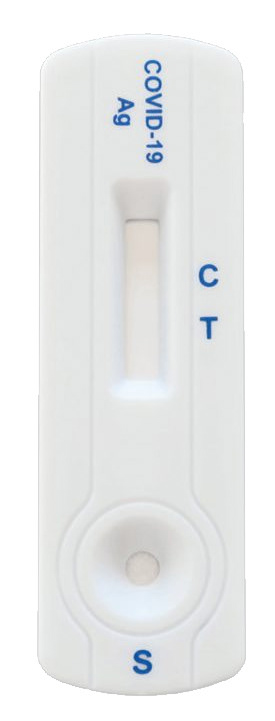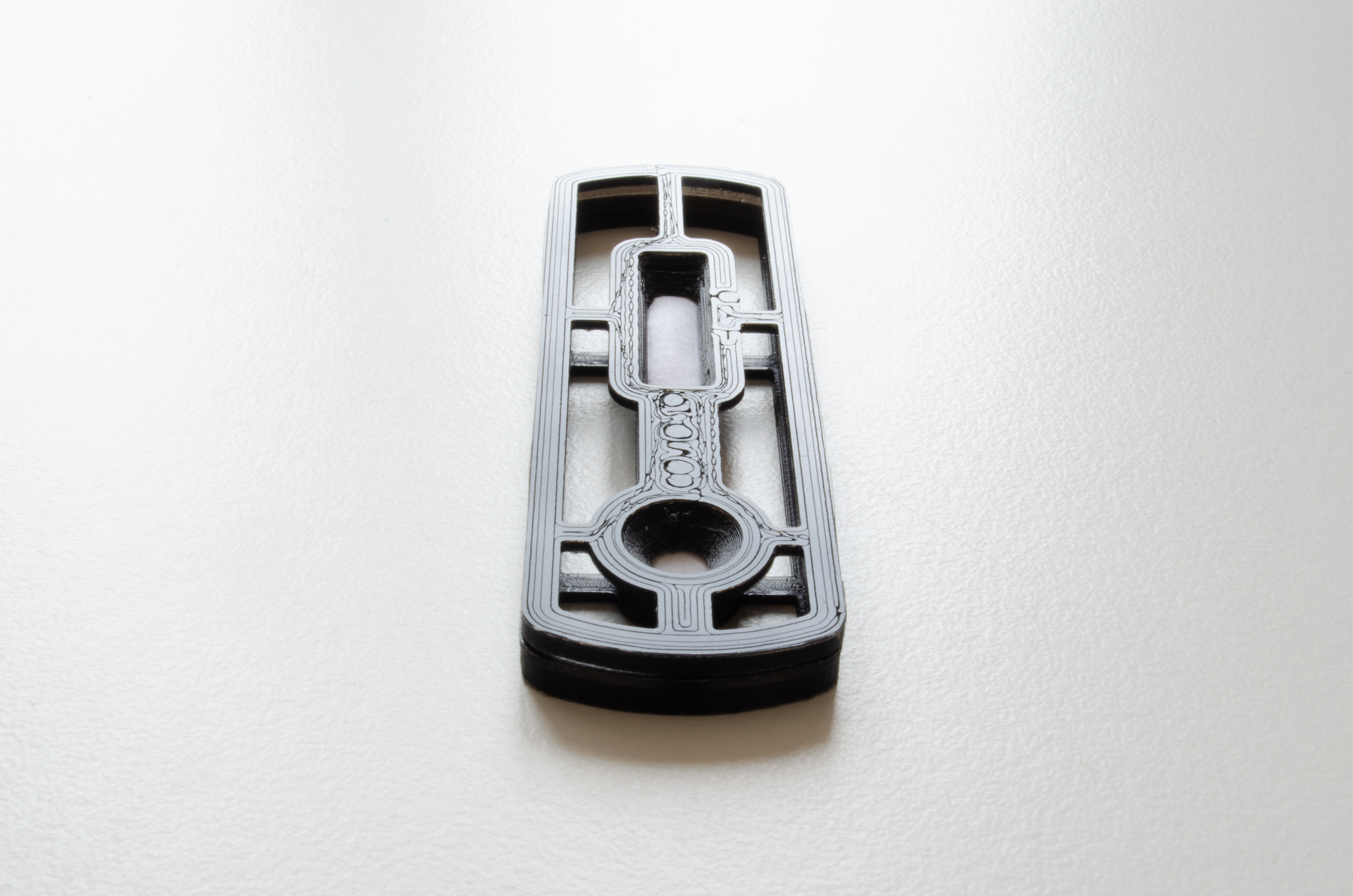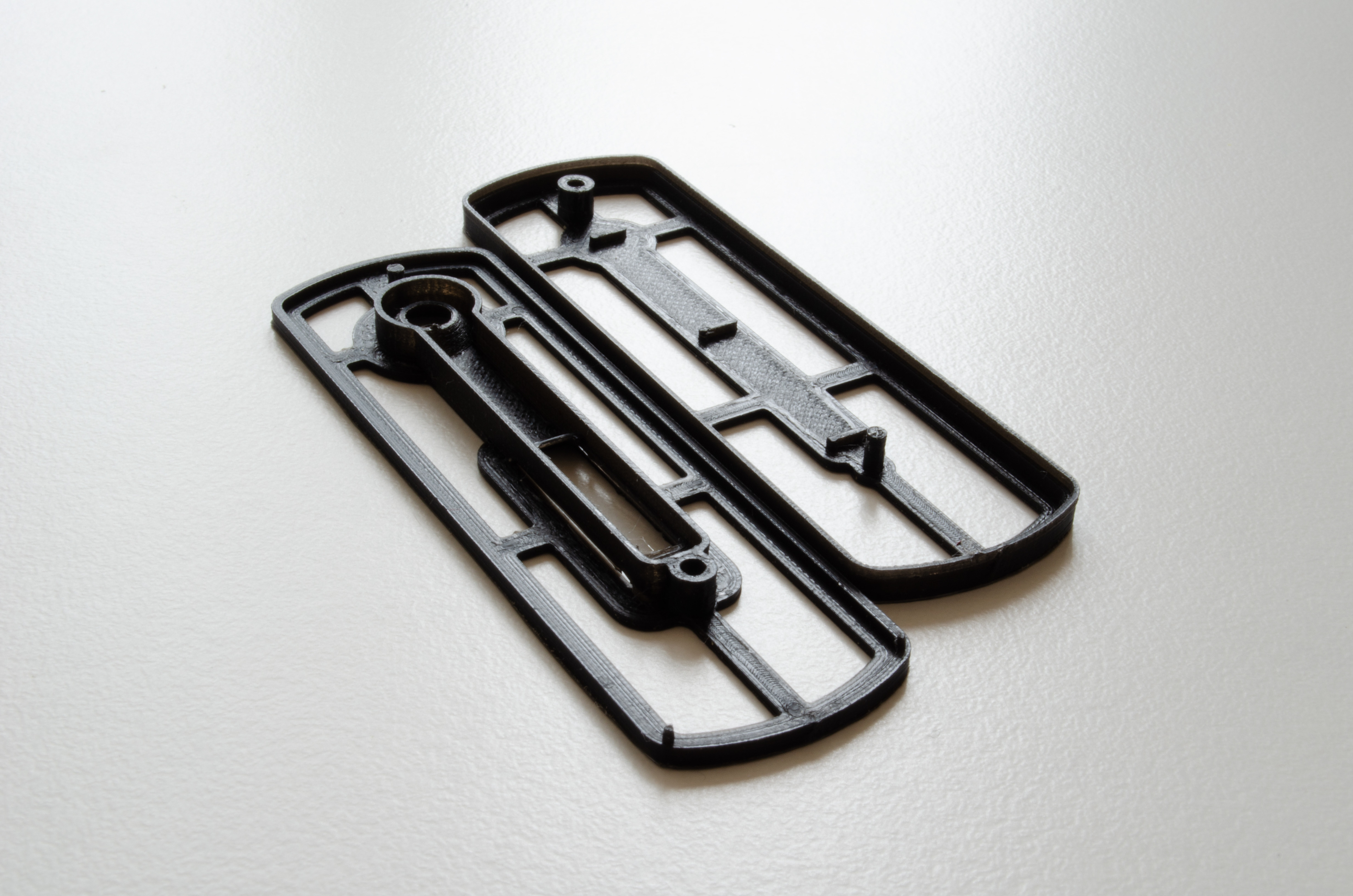Problem
Covid-19 has shone a light on how wasteful (although necessary) rapid test kits can be. Every gram of saved material translates to a reduction of tons of plastic produced and CO2 emissions.
Scope
We want to redesign rapid tests so they use less material and are as usable as before. All this, without having to re-invent the way the test kit works.



There are many types of rapid tests available, but they all are very similar in shape and size.
It's easy to design a slimmer casing, but at the cost of usability. These tests would be less easy to handle by the elderly and children, and anyone else with dexterity problems.
It's easy to design a slimmer casing, but at the cost of usability. These tests would be less easy to handle by the elderly and children, and anyone else with dexterity problems.
Refined scope
How can the current Covid rapid test be redesigned to serve the same user base (hence without affecting usability) and use less material?
Solution
The external frame of the casing was kept to ensure usability was maintained. However, space was cleared out in those areas where material was not needed any longer, while leaving some supporting connectors.
Material saved: 40%

3D printed prototypes
Select the images to see them better



